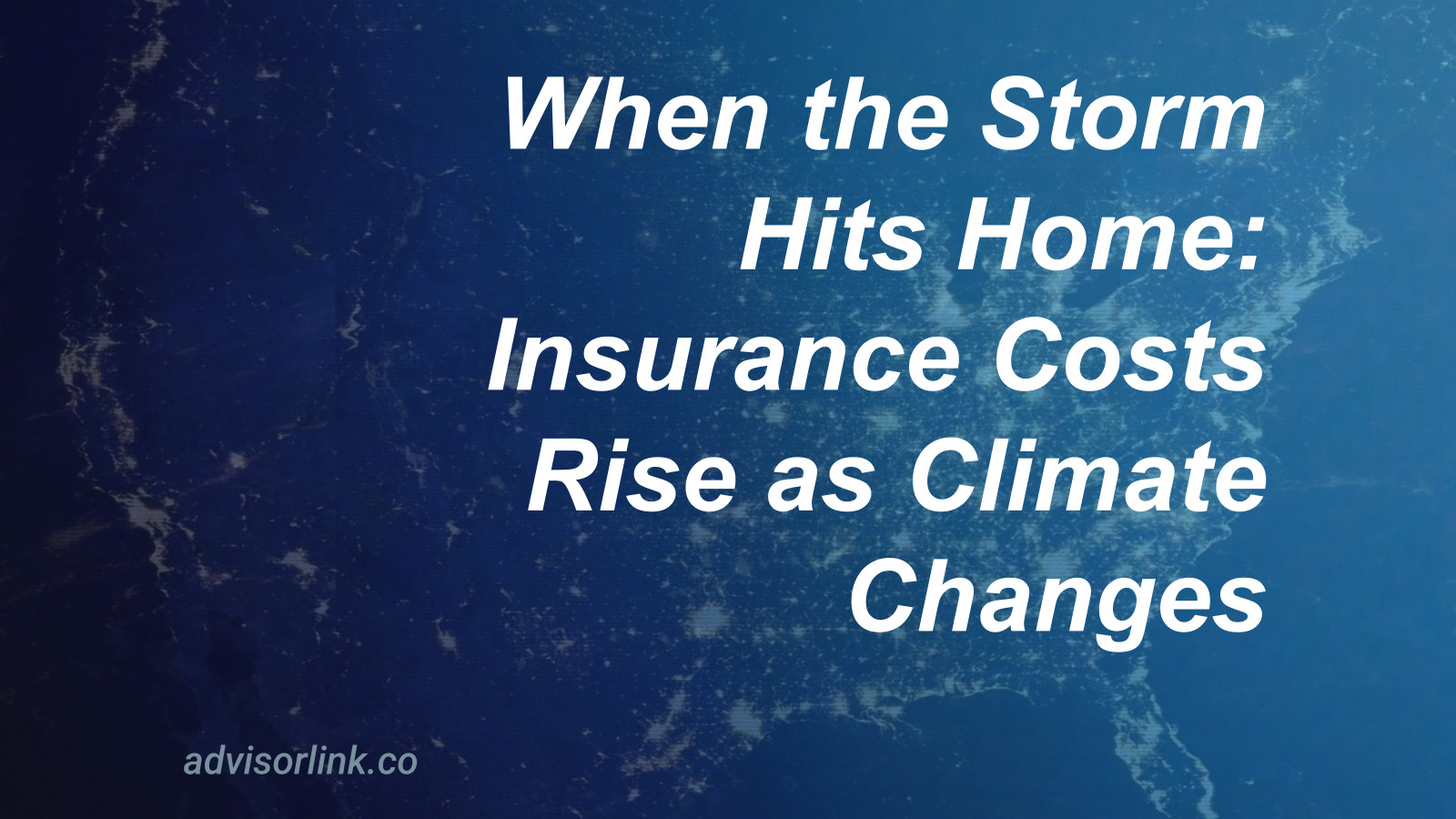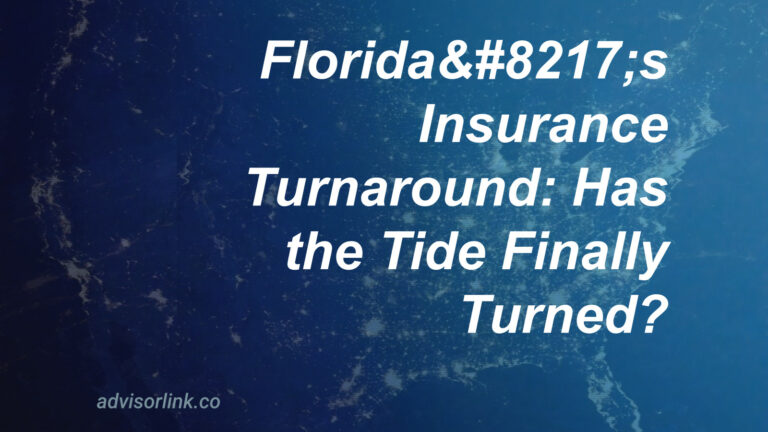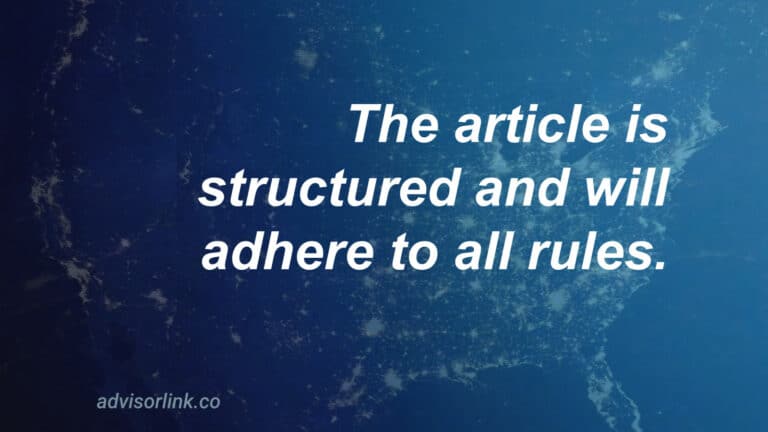When the Storm Hits Home: Insurance Costs Rise as Climate Changes
Is America facing a perfect storm in the housing market? Not the familiar mortgage crisis of years past, but a new threat bearing down on homeowners from California to Florida: skyrocketing insurance costs colliding with increasingly violent acts of nature.
**What’s happening to homeowners’ insurance costs?**
Insurance costs are climbing faster than a summer mercury reading in Death Valley. Premiums are now increasing at a rate 8.7% higher than inflation, according to recent data from the U.S. Department of the Treasury. This isn’t just a minor adjustment – it’s a fundamental shift in what property owners must pay for basic protection.
In California, State Farm General has requested a startling 22% rate hike, leaving many householders wondering if they can afford to keep their homes protected. These aren’t incremental changes – they represent seismic shifts in family budgets across America.
**How is climate change reshaping the insurance landscape?**
The fingerprints of climate change are all over these rising costs. Like a giant hand reshaping the American landscape, climate-related calamities – wildfires consuming California neighborhoods, hurricanes battering Florida coastlines – have transformed what was once considered predictable risk into something far more volatile.
Louisiana and California are feeling this pain most acutely, with rate increases exceeding 20%. Behind these dry statistics are real families facing impossible choices about whether they can afford to live in communities their families have called home for generations.
I’m reminded of a conversation with a property owner in Paradise, California, who told me, “The fire took everything but our debt.” Now, many survivors face a secondary crisis – insurance bills that have doubled or tripled, if coverage is available at all.
**What impact will new tariffs have on rebuilding costs?**
As if homeowners didn’t have enough to contend with, new tariffs on building materials cast an additional shadow over the insurance market. The mathematics is straightforward: when it costs more to rebuild, insurers must charge more for coverage.
These tariffs represent yet another challenge in a market already under extraordinary pressure. For property owners, it’s like trying to patch a roof during a thunderstorm – the tools keep getting more expensive while the rain falls harder.
**Why are insurance companies abandoning some markets entirely?**
Insurance is fundamentally about calculating risk, but what happens when the calculations become too uncertain? We’re seeing the answer play out in Florida, where numerous insurers have faced insolvency following costly hurricanes.
This isn’t just about corporate balance sheets. When insurance companies fail or withdraw from markets, they leave behind communities vulnerable to financial ruin. The safety net that allows people to rebuild after disaster is fraying at the edges, and in some places, disappearing altogether.
**How are these costs affecting ordinary homeowners?**
The weight of these increasing costs falls heaviest on those least able to bear it. For many Americans, a home represents not just shelter but their largest financial asset and a cornerstone of retirement planning.
When insurance becomes unaffordable, property values decline, equity vanishes, and communities transform. The retired teacher in Pensacola who planned carefully for her golden years now finds those plans upended by insurance bills that have tripled.
**Is climate change the sole culprit behind rising insurance costs?**
While climate change plays a starring role in this unfolding drama, it’s not the only actor on stage. Regulatory frameworks that haven’t kept pace with changing conditions, construction costs inflated by supply chain issues, and an insurance market that was never designed to handle multiple catastrophic events in short succession all contribute to this complex problem.
The misperception that this is simply about extreme weather events misses the interconnected nature of the crisis. This is about systems failing under multiple pressures simultaneously.
**What solutions might help homeowners weather this storm?**
Some property owners are turning to so-called “fortified home” standards, building or retrofitting homes to better withstand natural disasters. Others are exploring parametric insurance policies that pay based on event triggers rather than assessed damage.
At the state level, Florida has implemented reforms aimed at reducing litigation costs that were driving insurers out of the market. California is exploring new models for providing coverage in high-risk wildfire zones.
But these are bandages on a wound that requires more comprehensive treatment. Without addressing the underlying climate crisis, we’re simply moving deck chairs on a sinking ship.
**What does this mean for America’s future?**
The rising cost of protecting our homes represents more than just another monthly bill increasing. It signals a fundamental shift in where and how Americans can afford to live.
Coastal communities that have stood for centuries may become economically untenable for all but the wealthiest residents. Forested regions might see property values plummet as insurance becomes scarce.
Yet throughout our history, Americans have faced challenges with ingenuity and determination. The question isn’t whether we can solve this problem – it’s whether we have the courage to address its root causes rather than merely treating its symptoms.
As one Louisiana homeowner told me, standing amidst the debris of his third hurricane in five years: “Nature keeps sending us the bill for what we’ve done to it. And that bill keeps getting bigger.”
That bill is coming due across America, not just in insurance premiums but in the very fabric of communities. How we respond will determine not just the cost of our homes, but the character of our nation.
Disclaimer: General Information & Accuracy
This blog provides general information and discussions about insurance and related subjects for informational purposes only. It is not intended as professional advice, including but not limited to financial, legal, or medical advice. We strive for accuracy, but laws, regulations, information, and best practices constantly evolve, and unintentional errors can occur. Therefore, we make no warranties about the completeness, accuracy, reliability, or suitability of the blog content. Always consult with a qualified professional for advice tailored to your specific situation. Any reliance you place on this information is strictly at your own risk.





